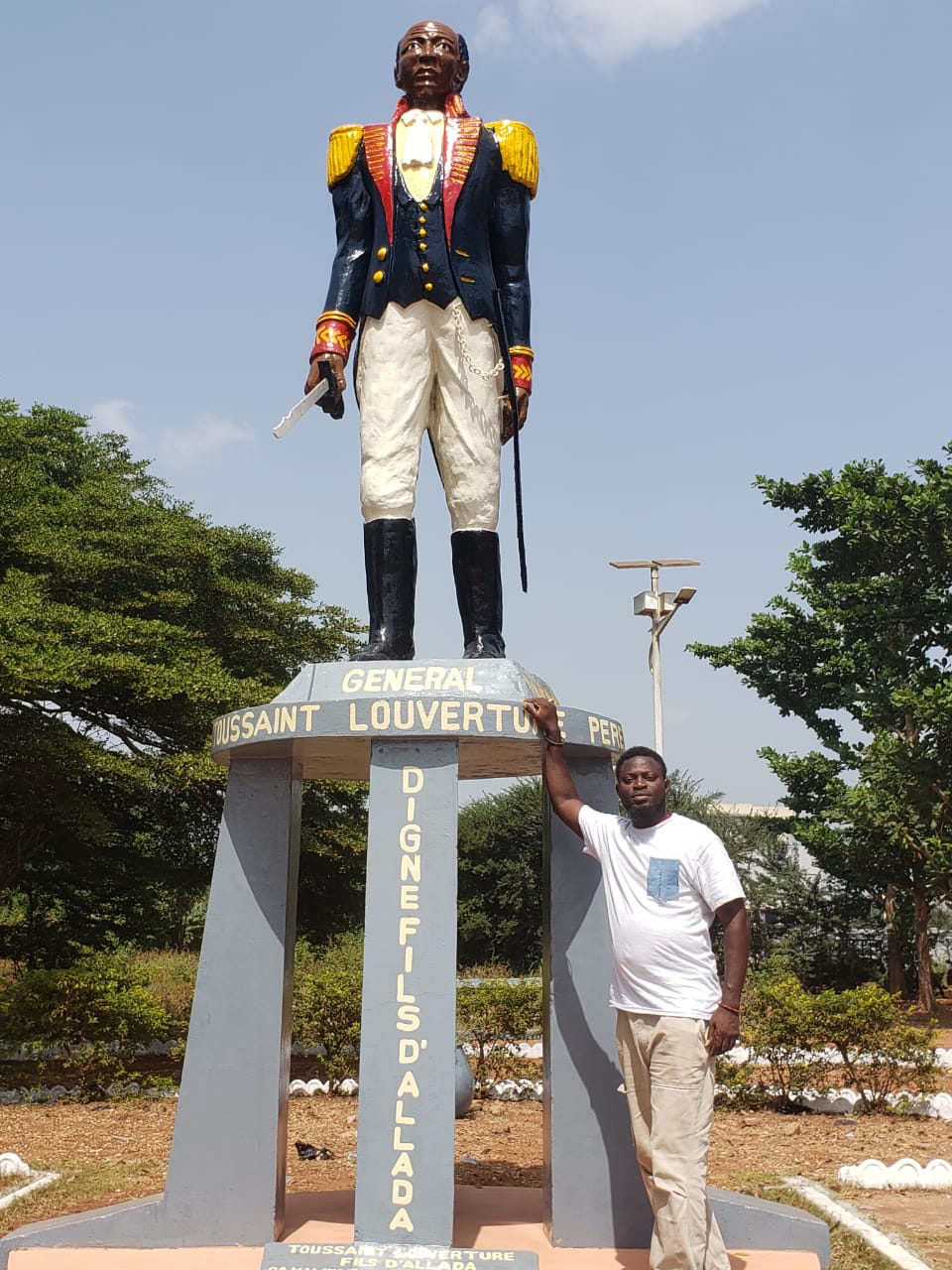The dividing up of the society in Africa was not
static. It was nonrigid. It was flexible. Social stratum is a person’s class in a society. People
belong to different social strata or social stratum, and this could depend on
the family that a person was born into or the type of occupation one is
involved in e.t.c. but it could change for the better or worse.
In Africa, before colonization, the kings’ position was undisputed at the top of the social stratum. The kings were at the top of the
political hierarchy and slaves were placed at the bottom. Though, slaves were
able to climb up the ladder to greatness.
Ancient Africa provided a level playing field for
everyone to achieve greatness. A poor family could move up the ladder of
society and a wealthy family could do better and sustain their wealth or push
downward to poverty. Hard work and determination to succeed is one of the
characteristics of Africa. This is evidence in the folklore of Africa and
narratives of enslaved Africans in the Americas.
The history of Africa did not begin with the trans
Atlantic slave trade. The effect of the slave trade is enormous but Africans,
and especially the political leaders who see everything as politics and battle
for wealth should desist from such thoughts and actions and think about the
future of the children and continent. The social stratum between the poor and
rich is widening per breath. And no wonder, youths are dieing across the Sahara
desert to cross the Mediterranean Sea to Europe.
Change is indispensable. Before the French revolution
of 1789, the vacuum between the poor and wealthy in Europe was very wide. The
stratum of society became static. The hierarchy of society became difficult to
change. The rich became the masters and the poor became servants and serfs. The
society was divided into two separate classes. It got to a diminishing level
that the situation became unbearable as the poor were becoming poorer and the
rich were becoming richer. The reason for this occurrence was the development
in production and exchange of goods. This provided wealth, political and social
power for a few people and the majority had no share in the development and
wealth.
The peasant in France couldn’t endure anymore and had
to put their destinies into their hands. The result was the bloody revolution
that took place in that country. It brought change, general development, hope,
equality and justice. The dividing up of society became nonrigid and flexible again.
Justice is the only hope for living and injustice is a
contradiction of that hope. It will be dangerous if the wealth of Africa is in
the hand of a few individuals and families and the majority of the people are
poor. When the people are impoverished, they become desperate. Desperate
situation could lead to desperate actions. History is a guardian Angel. Do Africans learn from the mistakes of the past?
BIBLIOGRAPHY/REFERENCE
BIBLIOGRAPHY/REFERENCE
1. G.T. Stride and Caroline Ifeka, 1969, Peoples and Empires of
West Africa,
Pages 208-209.
Pages 208-209.
2. Basil Davidson, F.K. Buah, J.F.A. Ajayi, 1967, The growth of
African Civilization, A history of West Africa 1000-1800, pages 173-174.
3. A.S. Hornby, 2001, Oxford Advanced Learners Dictionary,
Stratum page 1183.
Anago James Akeem Osho, is an Historian, Museum Curator, Tour Guide, Tour operator, Author, Historic,
Cultural and Heritage manager. He consult for DNA tested Africans.
